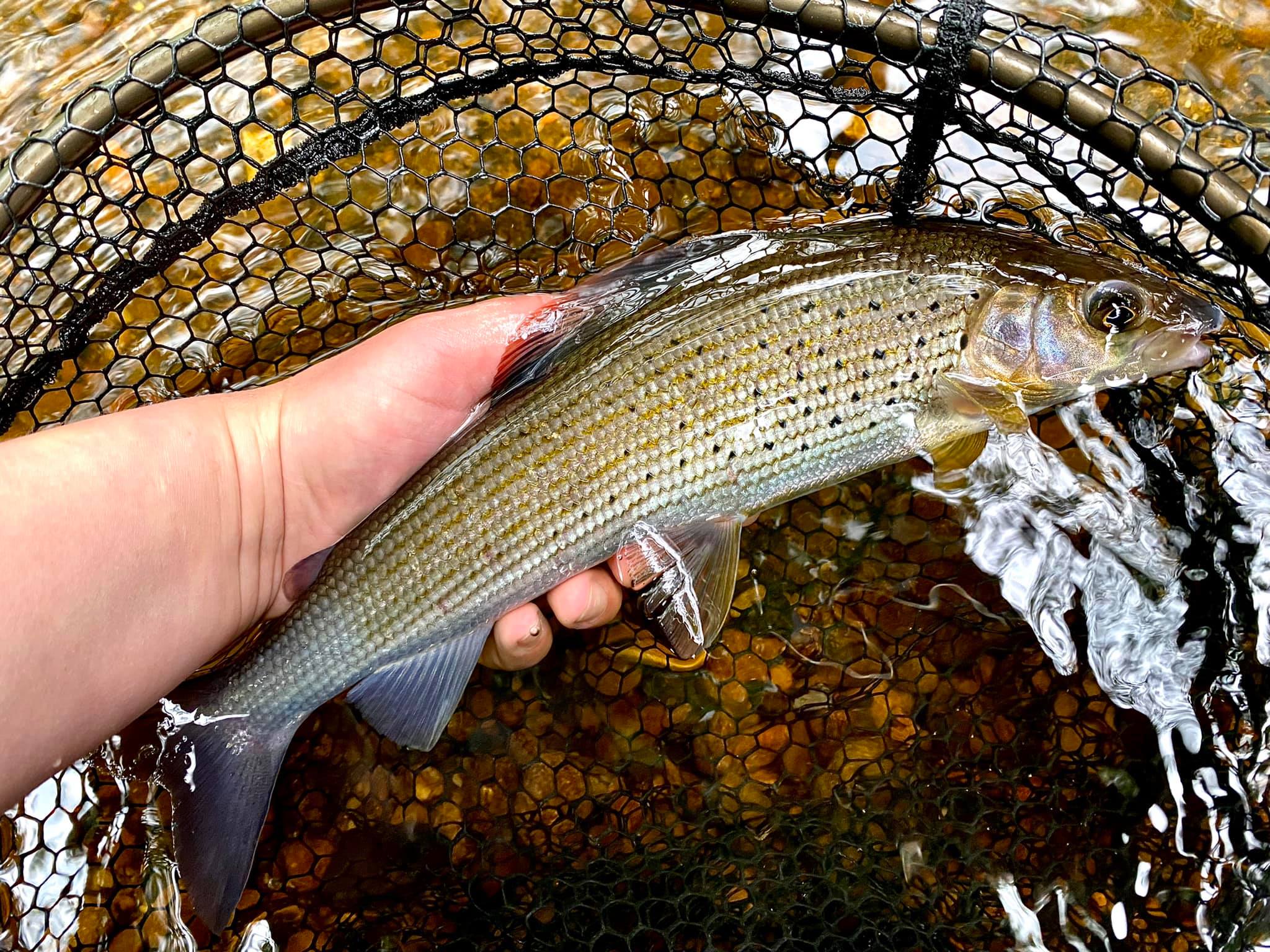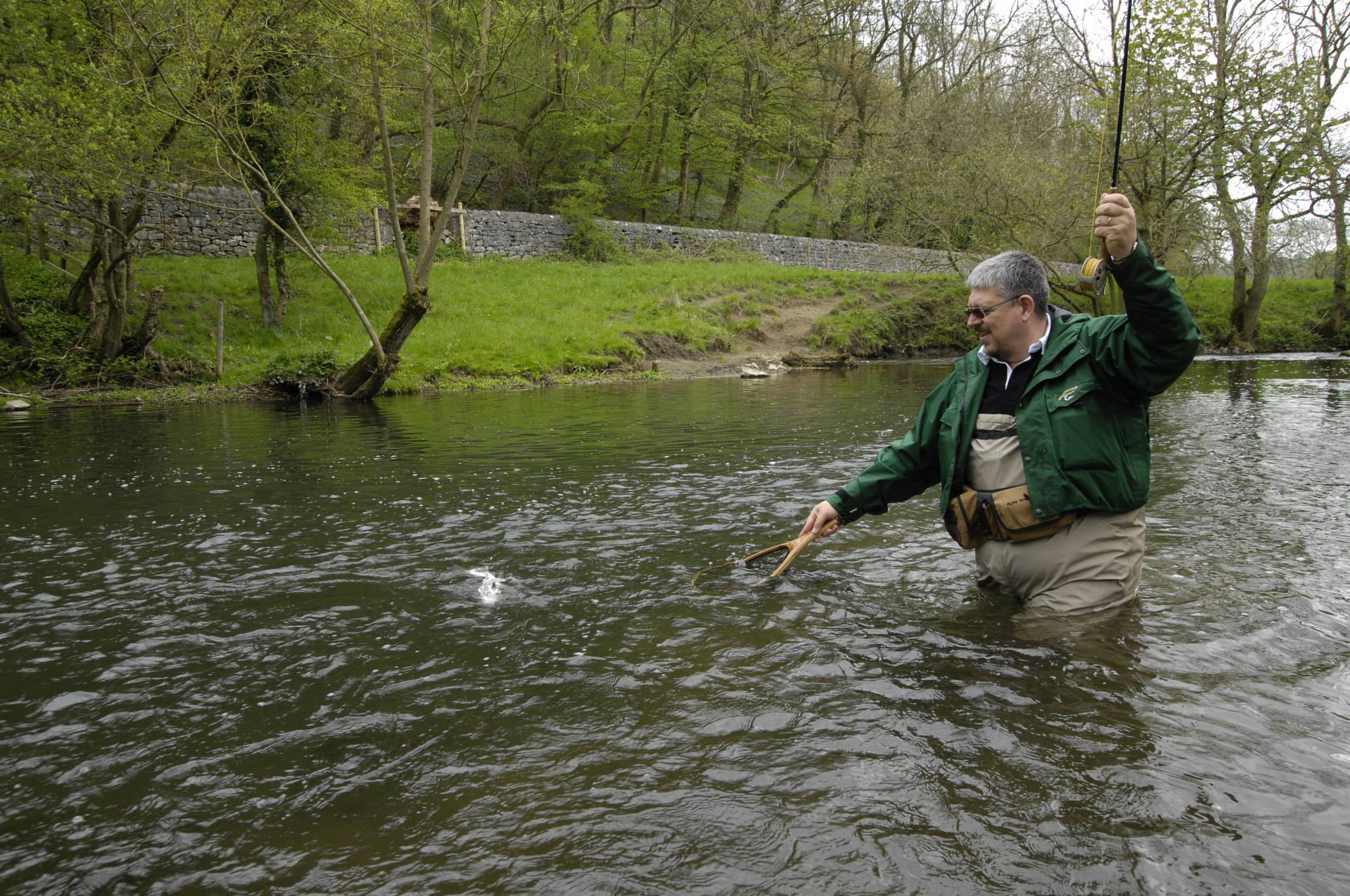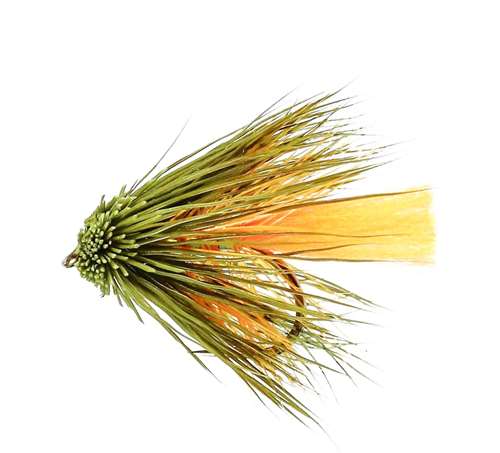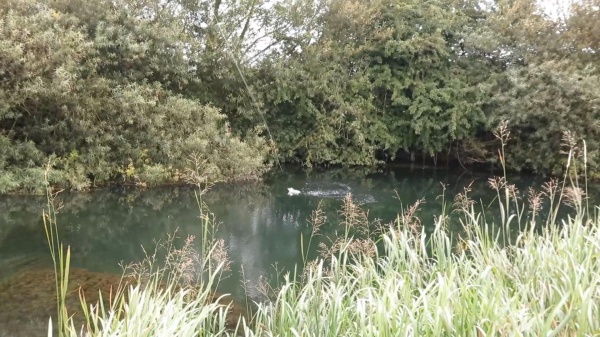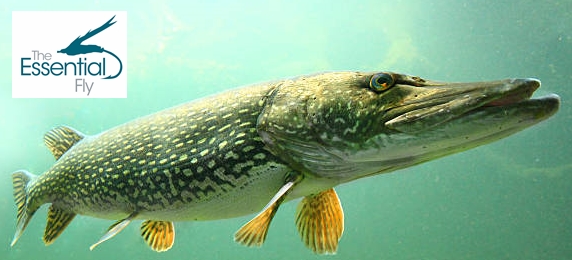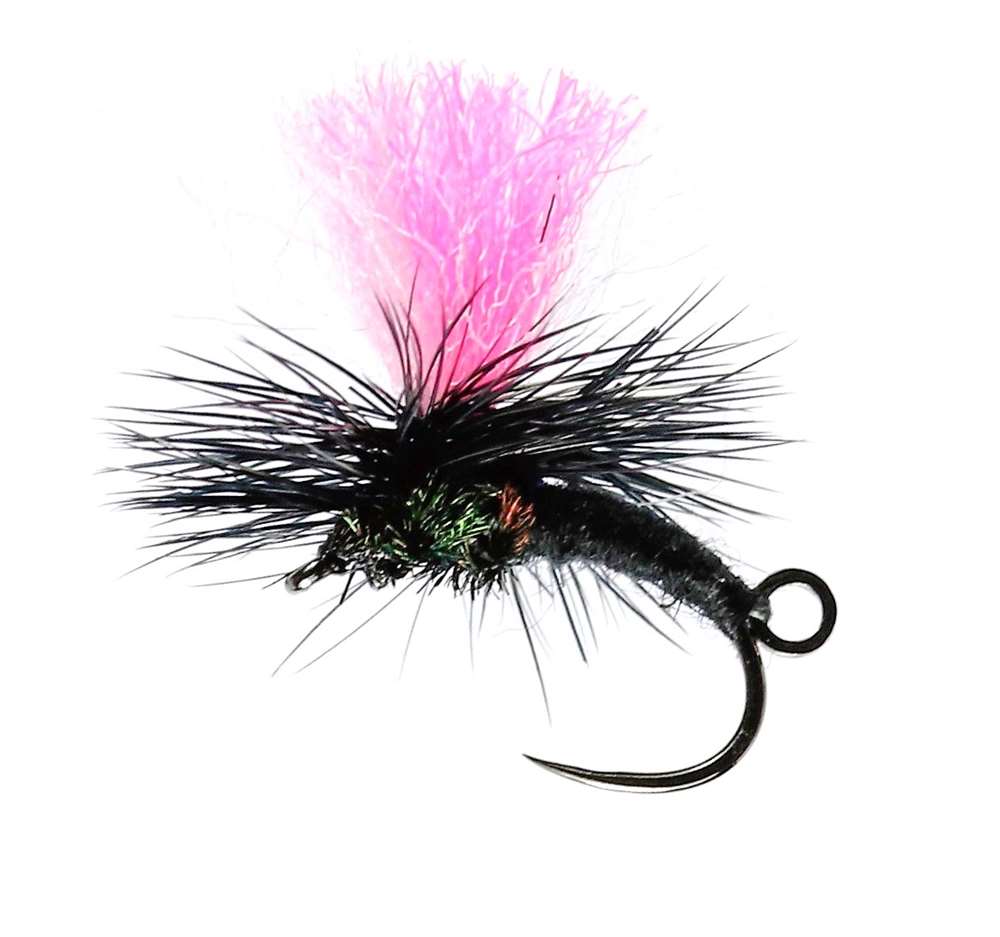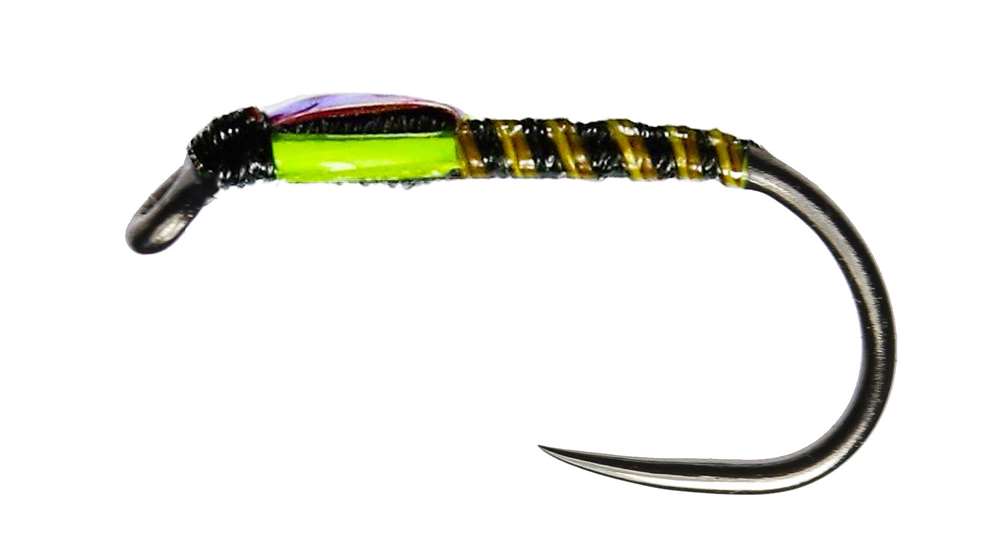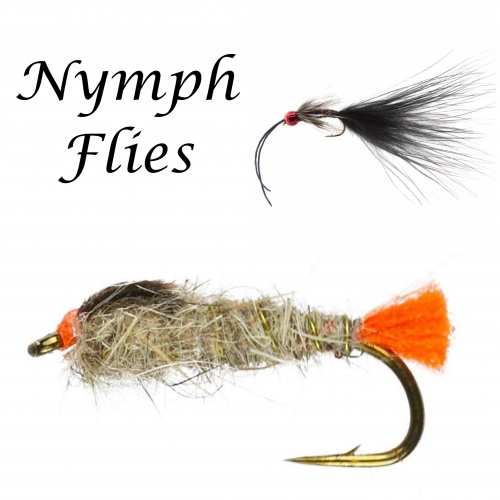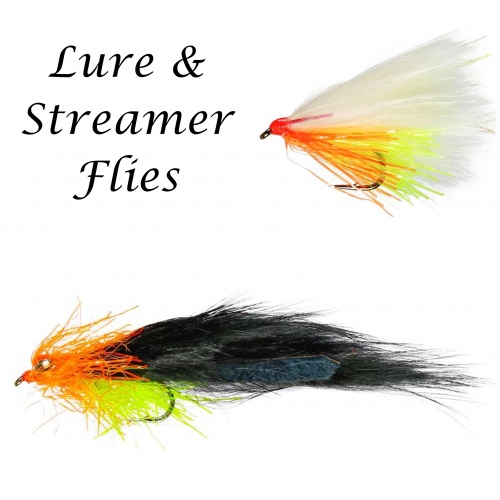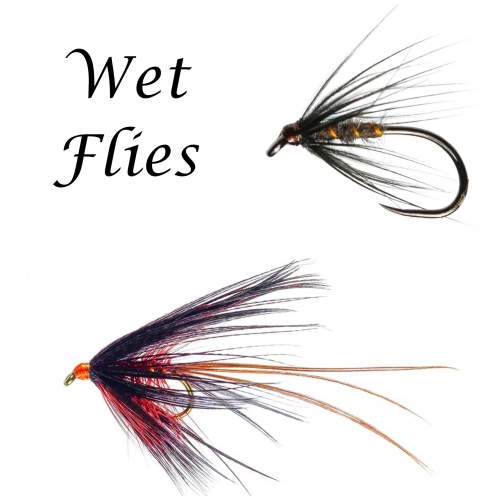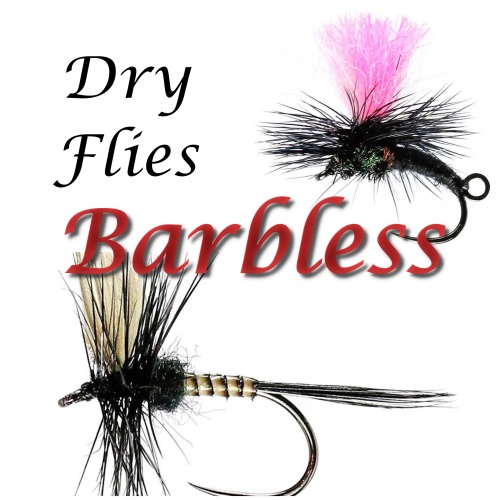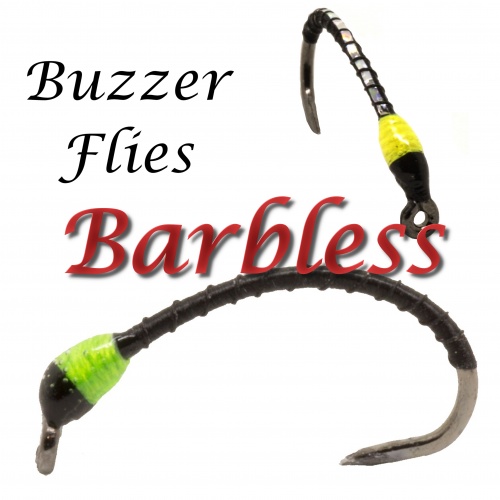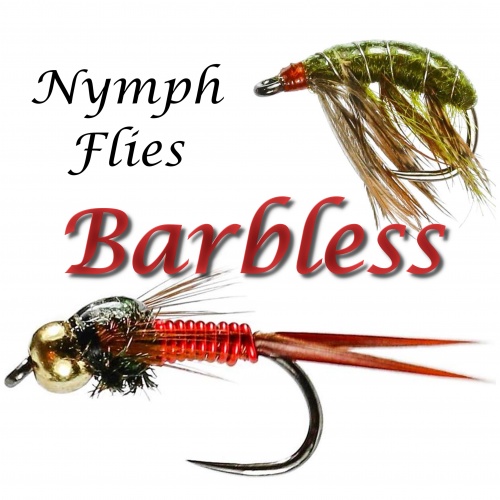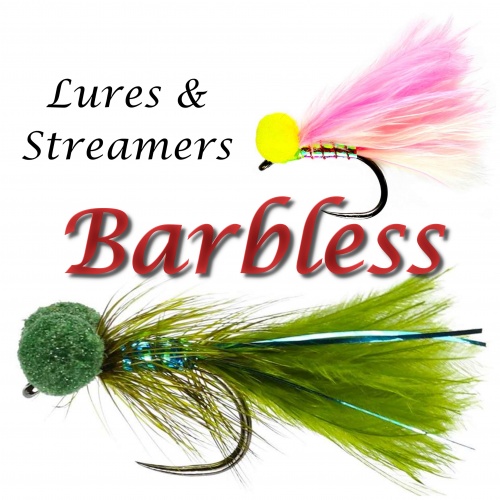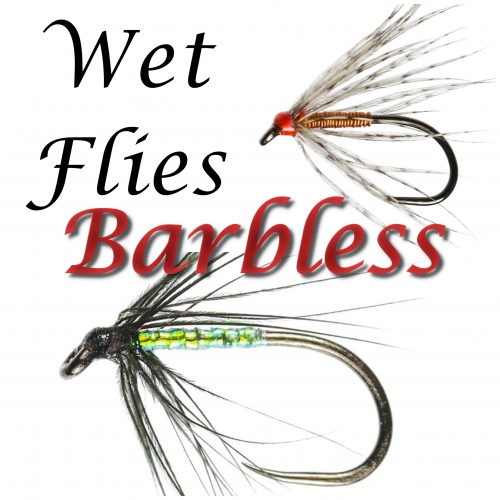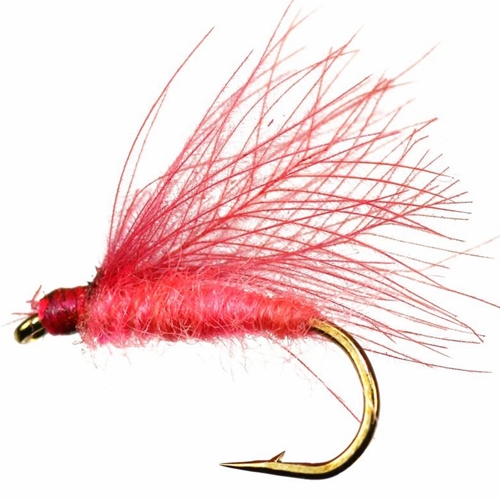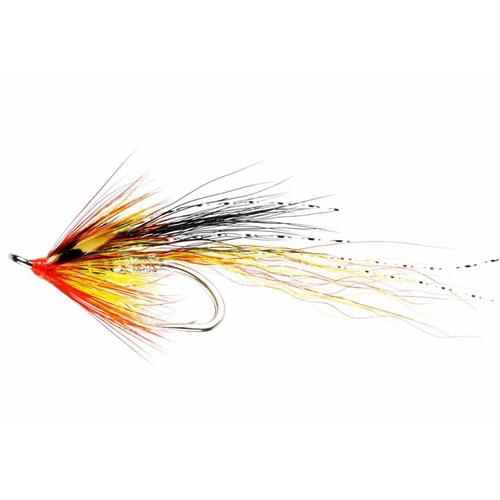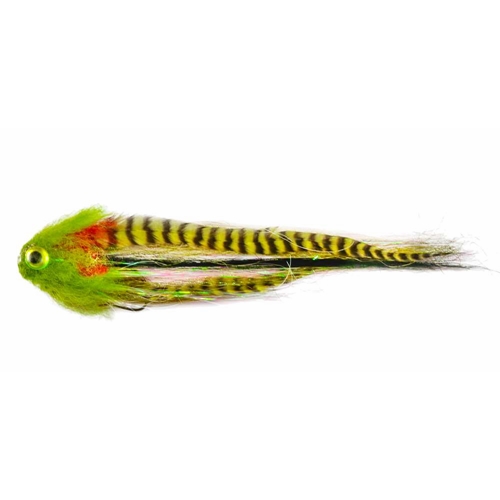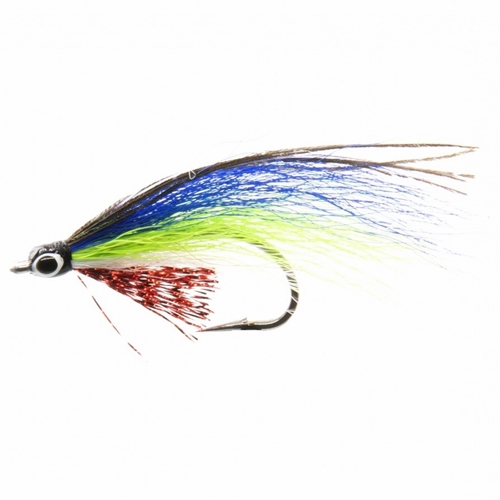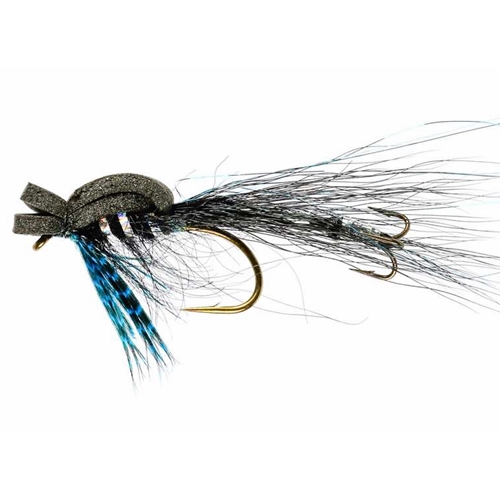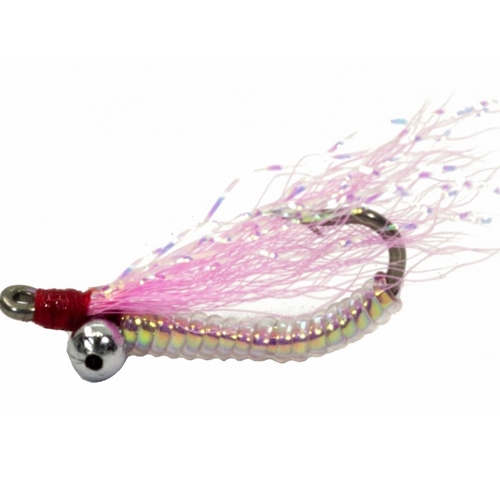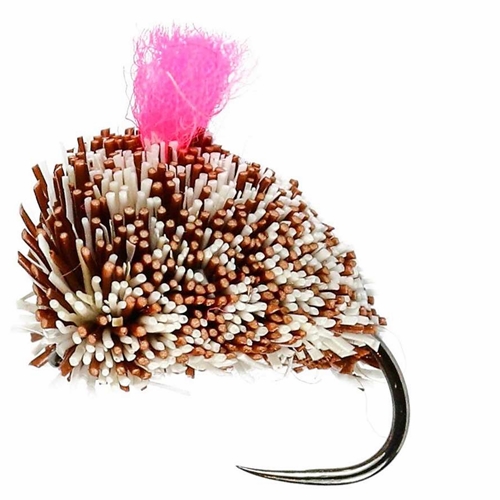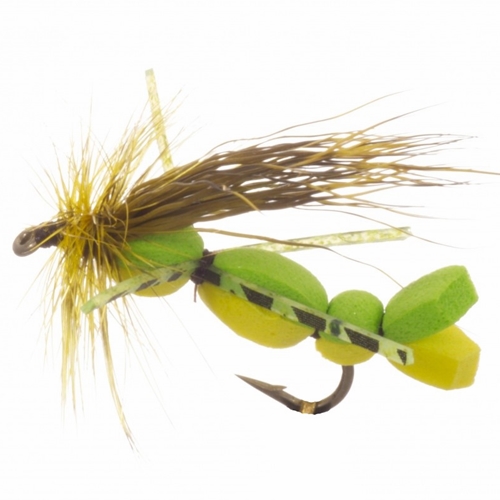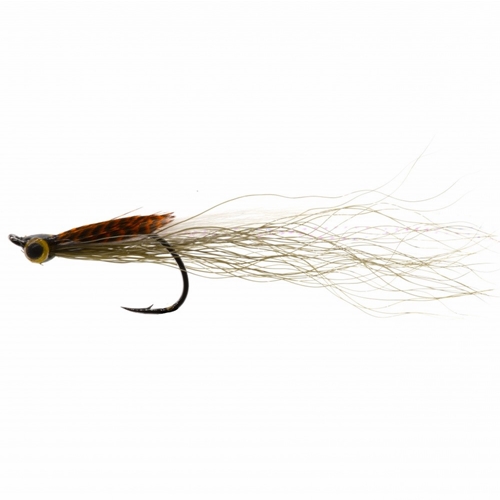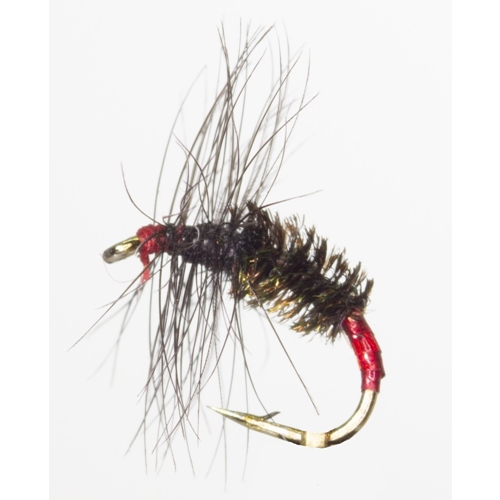There’s nothing more disheartening than arriving at the river to it being a little higher than you anticipated. It is important to mention here that safety should always come first and you should never put your self in danger by entering a high river. Should the river still be fishable. you’ll be pleased to hear that it is still possible to tempt a few fish to the net! By taking the time to study the river, sometimes, you don’t even need to get in!
Fly Fishing Advice
Heading out to catch some grayling this winter? We know choosing the right flies can be tricky! That's why we've got tips from Phillippa Hake on her favourite grayling rig for clear waters. And there's more to come! Keep an eye out for part 2, where Phillippa will guide you through her setup for higher water conditions.
A frequently asked question is What fish can you fly fish for in the uk?? Well, it may surprise you but trout and salmon are not the only fish targetted by fly fishermen. Indeed there are many techniques and species that can be targetted with fly fishing.
A Question often asked is of us is "which fly for fishing for trout should I use"? It seems a simple question but there are thousands of flies for fishing we can use.
First thing we must remember if trout are not stupid like humans. We eat strawberries at Christmas when they are not in season, they are specially grown or imported for us. Trout are more simple and natural, they either eat what is in season, i.e. Daddy long Legs are seen commonly in June to September so less likely to provoke bites in the cold February months. Alternatively as trout don't have fingers we can trigger a response with a fly that looks like 'food' with an attractor like a hares ear nymph or lure like snake fly. Retrieved across or under the water these can provoke or stimulate an attack creating a bite.
Fishing is a beloved pastime for many, offering a chance to connect with nature, relax, and perhaps catch dinner. However, within the world of fishing, there are various techniques and styles that cater to different preferences and experiences. Two of the most popular methods are fly fishing and regular fishing (often referred to as spin fishing or bait fishing). While both aim to catch fish, they differ significantly in technique, equipment, and approach. In this blog post, we will explore these differences in detail.
We know, We can’t believe it either! In just a few weeks this trout season will have ended and out attention will turn to winter grayling fishing and refilling our fly boxes! But that’s in a few weeks! There’s still plenty of time to get in the mix with some trout but be quick! This is your call to get the rods out and head to the river!
It seems these days that the camera has replaced the priest, as more and more anglers look to return their catch rather than kill fish. In many respects this is a great trend as not only are more fish to go round, but in a world of ever increasing prices, generally speaking catch and release permits work out cheaper. And, where wild trout are concerned, it’s important to return our catch so they can go on and spawn future generations. Firstly, whether you plan to return, or kill a given fish, we should respect our quarry.
Targeting Pike on the fly can be some good fun! For beginners we’ve set out some bits you’ll need to tackle up for success for catching these beast fish! including Rods, Reels, Flies & Leaders.
Phillippa Hake went out to explore a local urban river and was greeted with some great dry fly sport! It was great to arrive at the banks of the river to see good numbers of olives hatching off and the fish going bonkers for them as they fluttered down stream! It was the first time this season I‘ve arrived at the river and thought, oh we’re in for a treat today! This particular river I was fishing on this day is only small but is home to some of the most stunning wild brown trout! I feel very lucky to have such great wild trout fishing on my door step. With typical sized brown trout and the odd surprise thrown in, Keep reading for a small insight to my most recent outing!
Take a look at these winter fishing tips. Including top winter fly picks for river and stillwater fly fishing! These tips will keep you catching over the cold winter months!
It’s safe to say we’ve had a lot of rain over the last few weeks! We’re all itching to get out and get our grayling season off to a strong start! With this in mind we want to give you the maximum chance of getting some grayling into your net when the rivers become safe and fishable again!
A drop in temperatures often puts an edge on the trout’s appetite as they prepare for winter. Obviously, trout will target fry and baitfish at this time of year as they represent a protein rich return for fish. That said, trout are extremely opportunistic and quick to take advantage of certain food sources available to them at anytime.
With the nights drawing in and the sun sinking ever lower, evening temperatures take a dip now, which often sees insects and trout revert back to day time feeding habits. Gone then are those warm evenings when we never made a cast until the light faded and these are replaced by more sociable ‘office hour’ activities for us.
There’s no question, lighter outfits protect finer tippets that in turn vastly improve presentation because they allow our flies a greater degree of freedom. As a rough guide, the tippet strength can be match to that of the rod line rating. For example, a 5-weight rod marries up to a 5lb tippet where as a 6-weight rod might use a 6lb tippet. Of course these rules aren’t chiseled in stone and we must remember trial and error is the route to success
When I was a youngster, wet fly fishing was all the rage. Then came the advent of mobile lures, typically incorporating marabou, or zonker strips. Our understanding of dry fly fishing developed too, when patterns like the Bristol hopper, or Leadbetter’s suspender buzzer took the stillwater scene storm. Obviously now, wet flies took a back seat.
A common fly that appears in our gardens and homes towards the backend, Daddy Long Legs (Craneflies) really need no introduction here, as they’re instantly recognizable by those six gangly legs. Gardeners know they larvae stage of daddies as leatherjacket, which are considered a pest as they eat the roots of various plants and vegetables. These larvae eventually pupate and what emerges from the soil is an adult cranefly, which makes them a terrestrial. Craneflies can be found far and wide, especially in undisturbed areas like bracken clad fells.
As you rightly point out, fishing during summer is perhaps best done in the evenings. However all is not lost as certain flies and bugs are active during the daytime throughout Summer. Firstly, August is the prime month for heather flies, daddy long legs (craneflies) and of course corixa. This provides us with lots of opportunities, especially with dry fly tactics. There will be coarse fry to consider too, when trout turn their attention to them so they can gain weight for winter
The long hot days of July and August will see the bulk of sedges (caddisflies) hatch off come evening time. Whether it’s on a stillwater, or river those prepared to hang around in the evening often get the best of the fishing during summer, especially when hot, bright conditions persist. Better still, anglers who are stuck in the office all day, can rest assured that they’ll get a slice of the action too by heading out after dinner.
Ok, firstly, when using wet flies, we’re usually retrieving the flies, so trout have to move that bit quicker to intercept the. Given this we often feel the take by way of a tug, or tightening of the line, followed by using firmly lifting the rod to hook the fish. However, our dry flies are presented static on the whole, so trout needn’t move quickly to seize our fly now. Ultimately then they generally just sip down our dry fly, which means there is no ‘tugging’ sensation for us. Instead, we now use the rise form as a visual prompt to tighten into a taking fish.
Your Guide To Catch and Release! Keep reading for The Essential Fly top tips on handling fish in hot weather!
It seems these days that the camera has replaced the priest, as more and more anglers look to return their catch rather than kill fish. In many respects this is a great trend as not only are more fish to go round, but in a world of ever increasing prices, generally speaking catch and release permits work out cheaper. And, where wild trout are concerned, it’s important to return our catch so they can go on and spawn future generations. Firstly, whether you plan to return, or kill a given fish, we should respect our quarry. Let’s look at some tips to help take care of your catch.

